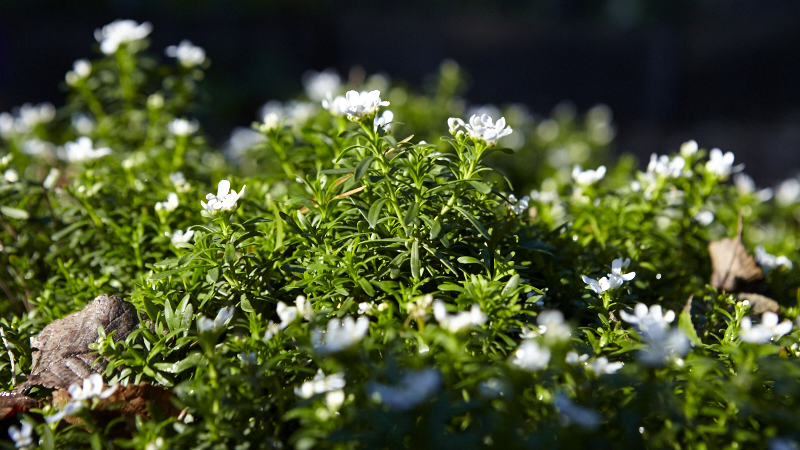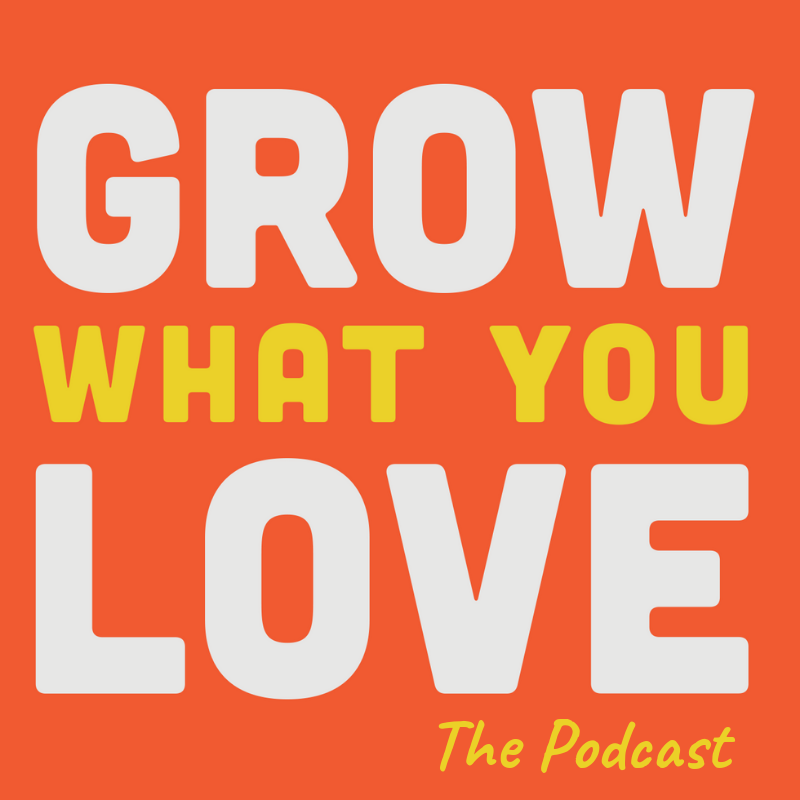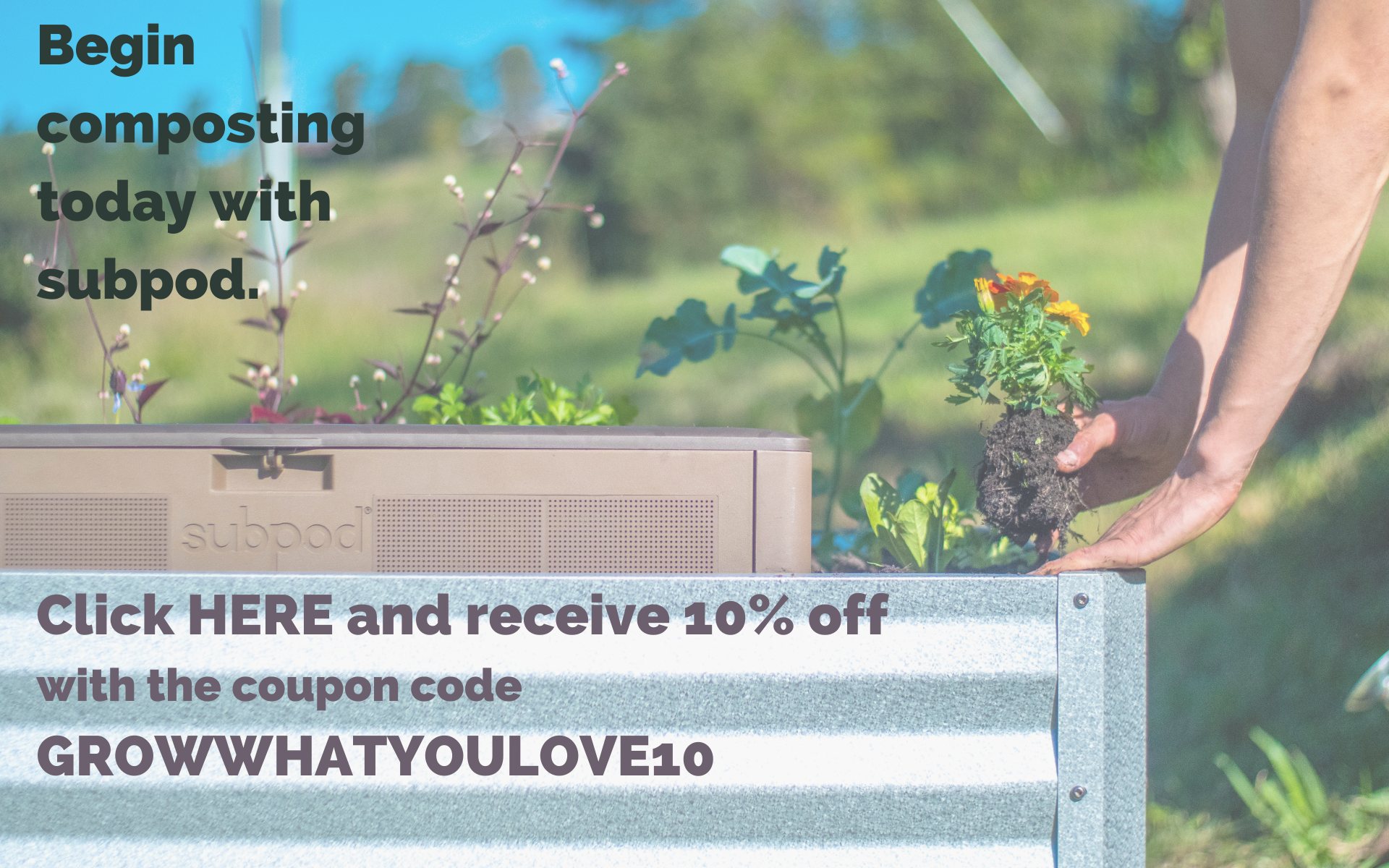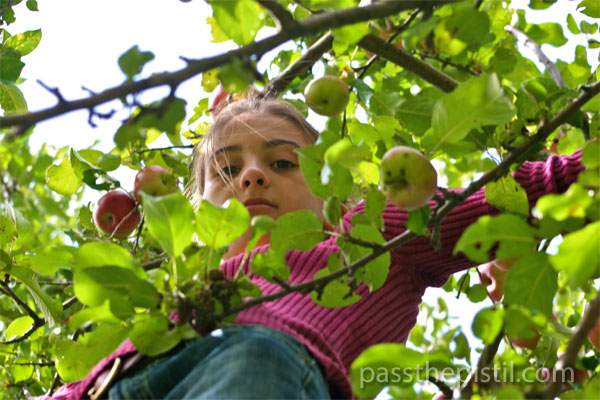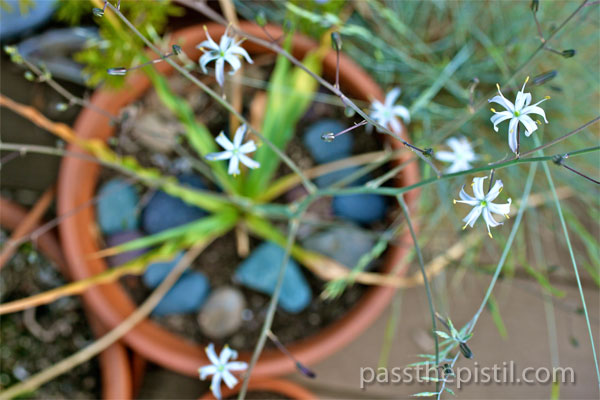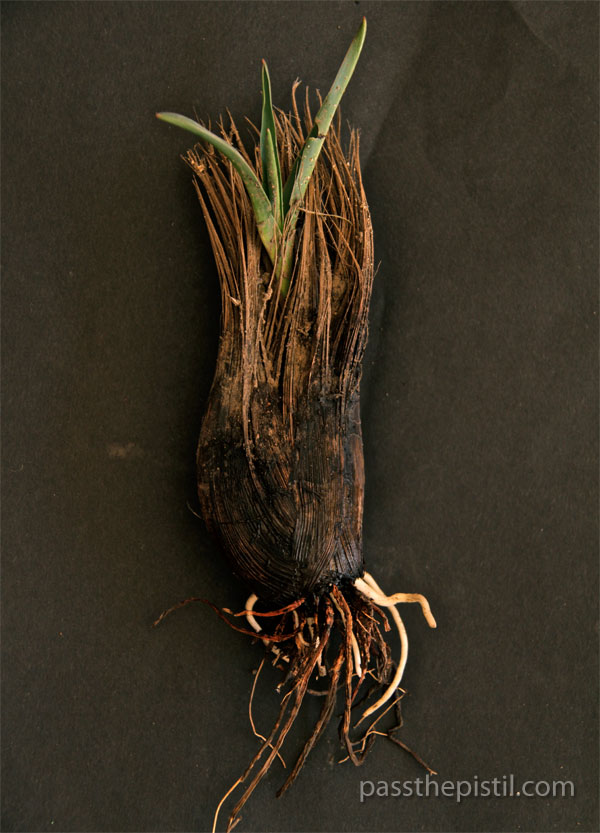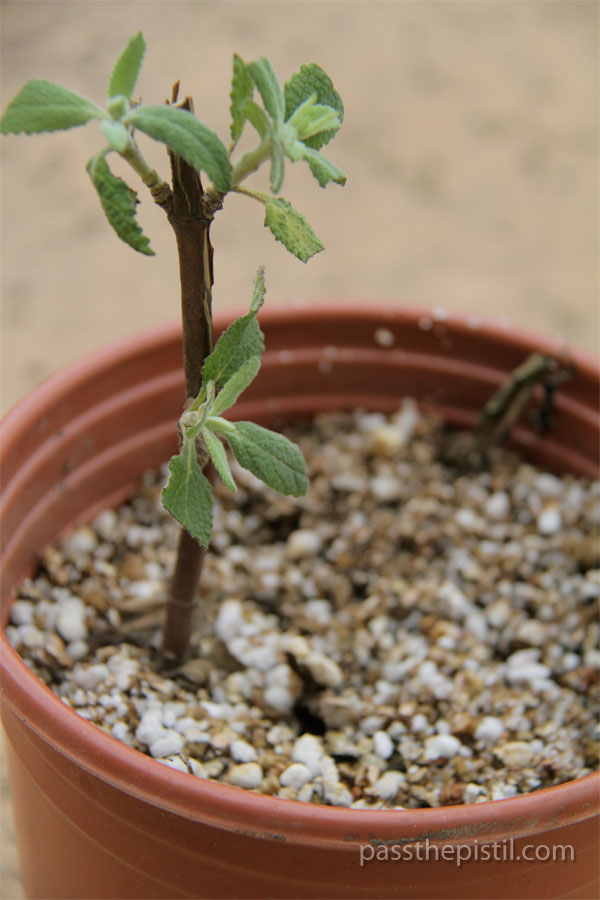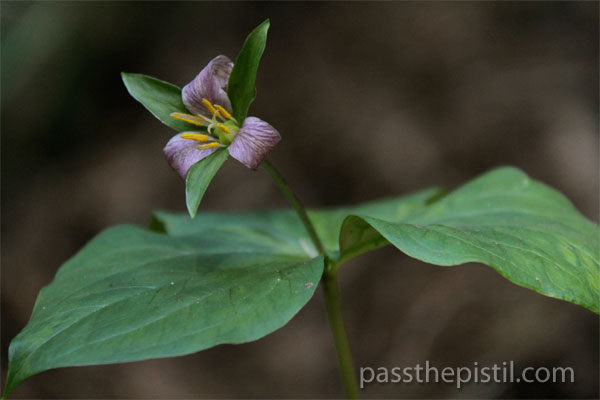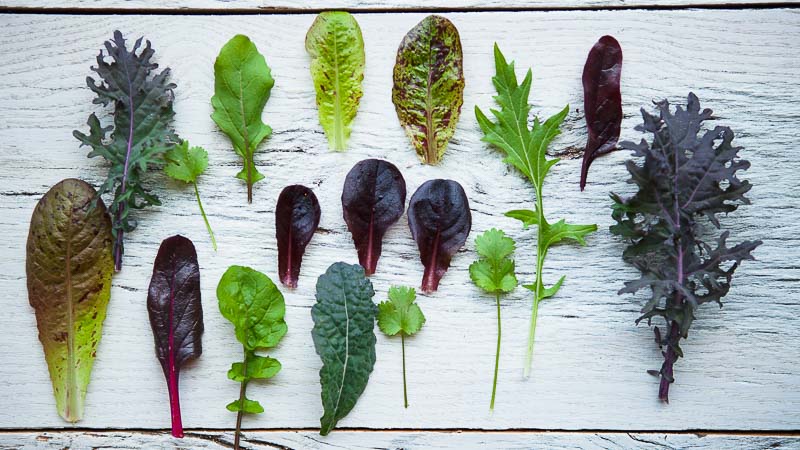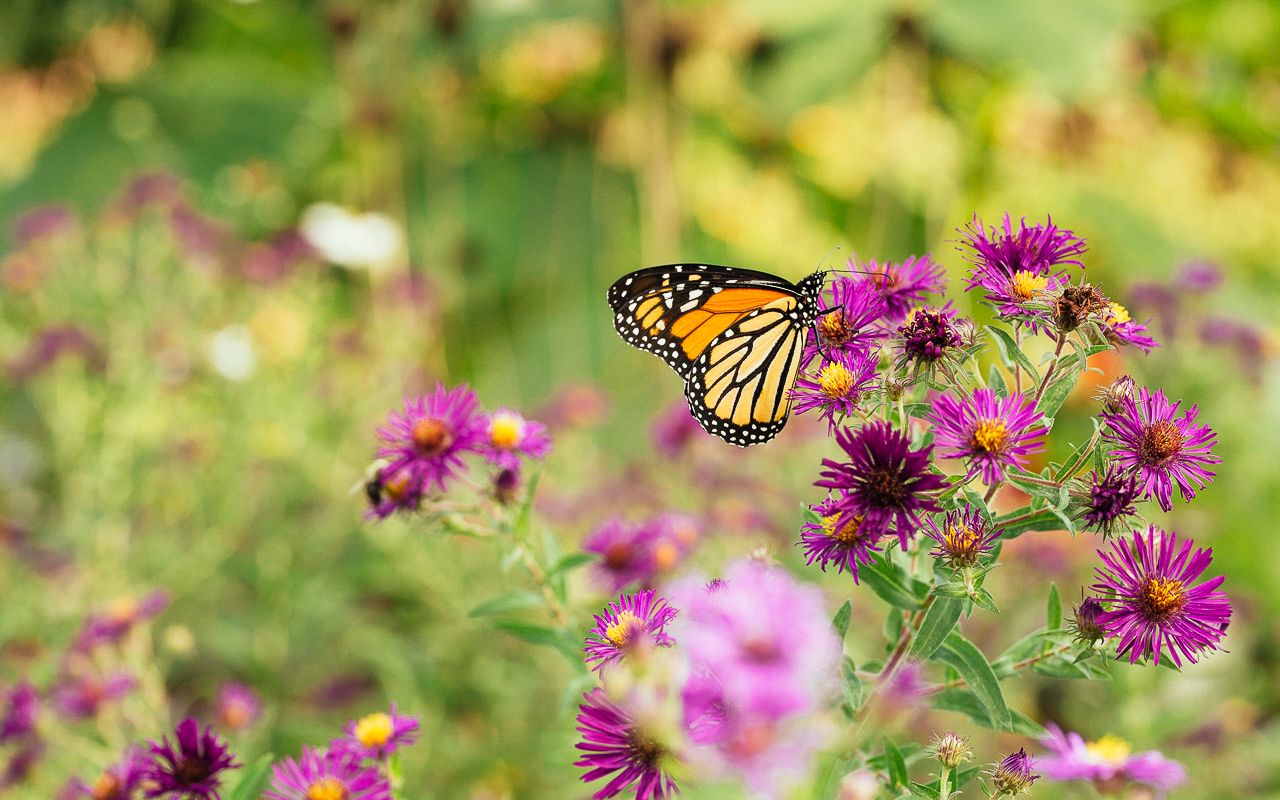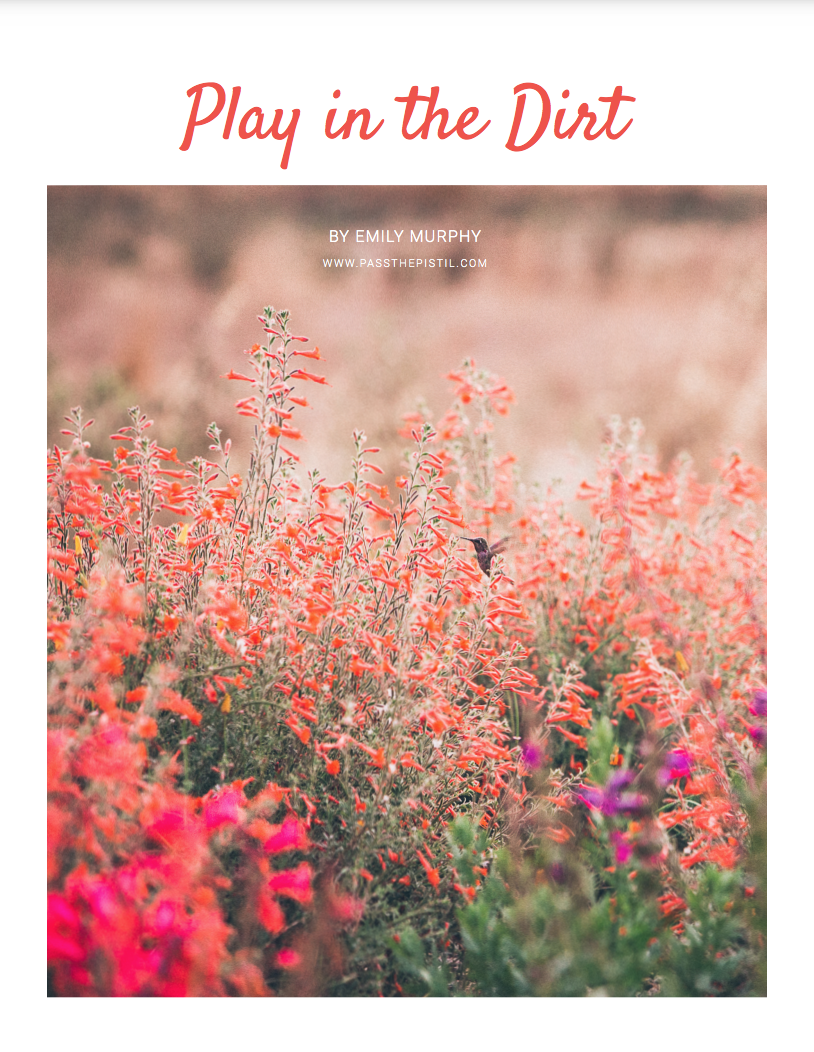Taking Notes in Wild Places
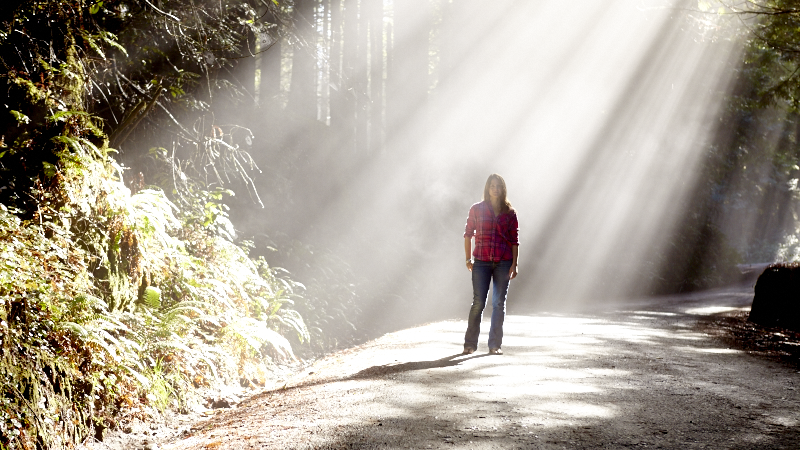
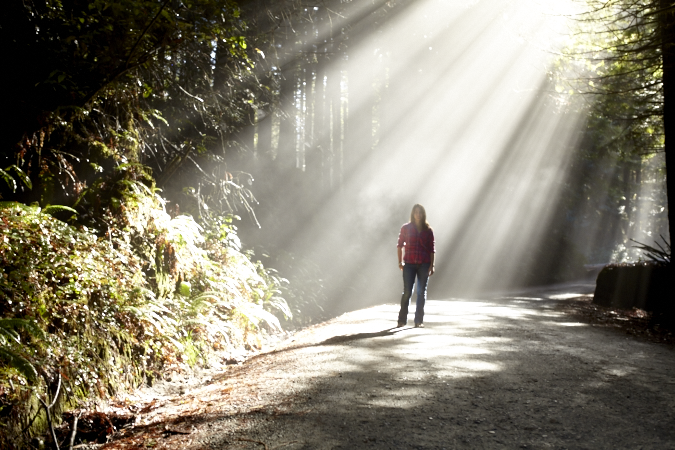
In a little traveled fringe of California, in the northern most corner where sitka spruce are nearly equal to redwoods, a tsunami warning sign reminds us we’re almost there. We can’t see it yet, but the Pacific is around the corner — and mental note made, if the earth shakes high-tail it to higher ground.
It had been raining and there was a wonderful gleam to the landscape. Light poured in between the trees, exposing sword ferns, deer ferns and evergreen huckleberry. Mushrooms were popping up and amphibians coming alive.
I love this place. (You love it too, you just don’t know it yet.) It’s out of the way, wild and lovely. One of the few, undisturbed systems. Old growth giants with a support staff of hardy, understory plants teaming with birds such as winter wrens, kinglets and varied thrush.
This is why I grow things, or at least one of the reasons I grow things. Easy to be inspired when you’re filled up to the brim with life and beauty — all the good stuff.
Another gardener, Conor Fitzpatrick, helped me make sense of what we do. He said green thumbs are, “nothing more than a little knowledge applied to nature.” It makes perfect sense. To love and be fueled by nature and all things wild begets the urge for the making of all things wild. Growing food, flora and crafting our own landscapes, the ones closer to home. It takes a bit of knowledge and willingness to experiment, learn and sometimes fail.
This place and others like it are our teachers. If we can learn to see them for what they are and begin to understand how plants and animals organize themselves — what grows where, why and how for instance — we can apply and even mimic the structure and layering when planting perennials borders or mapping out veggie beds to maximize sun and resources.
This place is home. I have a load of practice “seeing” it. But what I see here can be translated to help understand lesser known landscapes and regions, making the entirety of this tiny green planet home and broadening my ability to grow. Which is the same for you too.
Here are a handful of tips from nature:
Know Your Site
Understanding your climate is key but there are always subtleties. Your microclimate is shaped by topography, aspect and nearby land masses or water bodies — moving wind and air. For instance, cool air sinks. So if you find yourself at the bottom of a hill it’s probably degrees cooler than higher ground.
Map the angle of the sun and how it travels across your garden. Is it filtered, are their barriers? How does it change with the seasons?
How is wind channeled?
Soil Type
Existing plants help tell the story of your soil. Is it a prairie soil, forest soil, is it loamy or heavy in clay? Has it been disturbed and compacted or is the structure well developed? See the book Weeds and What They Tell Us for further insight. Your soil is the soul of the garden and at the heart of growing what you love.
Diversity
It’s true, not all wild landscapes are naturally diverse but most are. This place tells me I can think outside typical, linear planting. I love blocks of color and neat rows of rainbow chard but there’s room for creativity. Groups of plants make for easier harvesting as well as easier gathering for bees and other pollinators, yes grouping is good. And when you apply what you find in nature you may also discover by interplanting and arranging fewer beds as monocultures you’ll be managing fewer crop rotations and probably have fewer issues with disease and pests. The mixture and diversity of plants will be doing some of the work for you, one benefiting the other. And, if you let your kids help you plant you’ll quickly see they already have this figured out — love that.
For more information on Site Analysis see my post: Bee the Garden – Taking Cues From Nature
Listen
Buy The Book
Special offers
Newsletter Signup
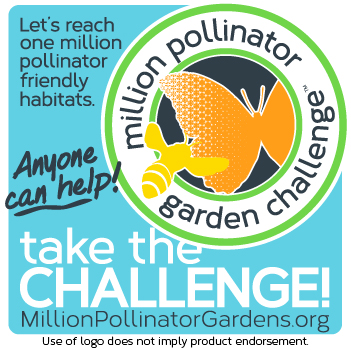
Archives
Disclosure
Pass The Pistil is a participant in the Amazon Services LLC Associates Program and other affiliate programs such as Etsy, affiliate advertising programs designed to provide a means for sites to earn fees by advertising and linking to curated affiliate sites.

